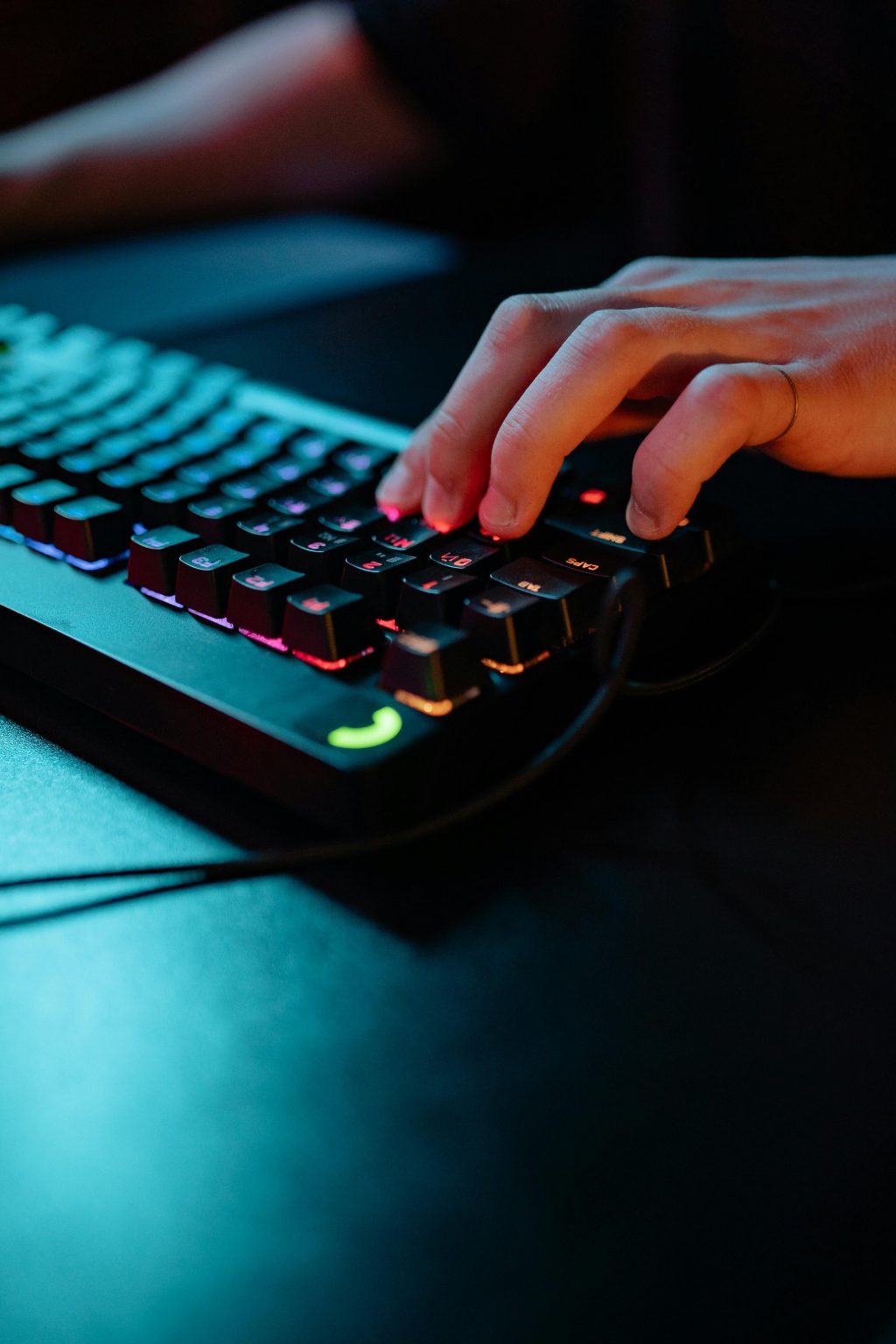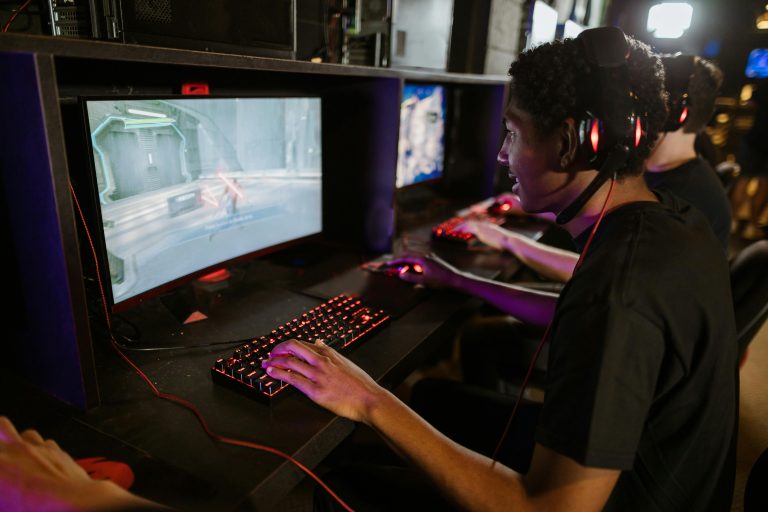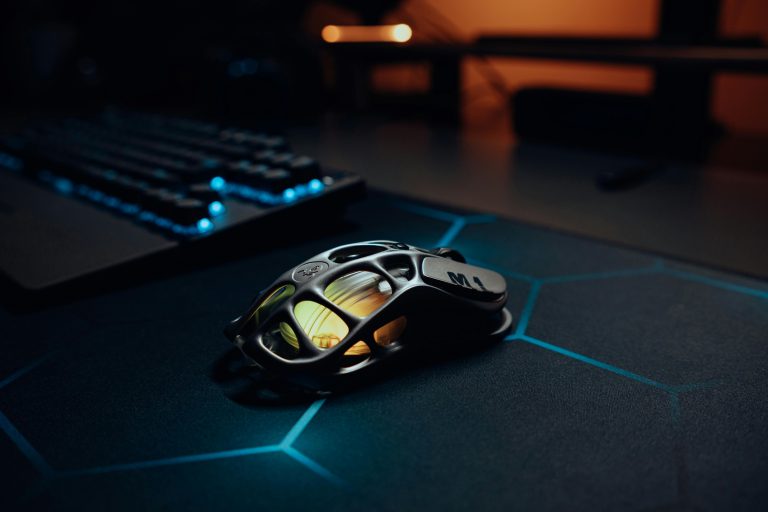
There’s nothing more frustrating than lining up the perfect headshot, executing a complex combo, or making a game-winning play, only to be thwarted by a sudden spike of lag. Your character stutters, the screen freezes, and by the time your game catches up, you’re staring at a “Defeat” screen. Lag, or latency, is the archenemy of every online gamer. But before you rage-quit and blame your internet service provider, know that many common lag issues are within your power to fix. Achieving a lag-free gaming experience isn’t just about having the fastest internet package; it’s about optimizing your connection for stability and speed. This guide will walk you through 10 proven strategies to speed up your internet and banish lag for good.
Optimize Your Home Network Setup
The foundation of a good gaming connection starts with your hardware and its configuration. A few simple changes here can yield massive improvements.
1. Ditch Wi-Fi and Use an Ethernet Cable
This is the single most effective change you can make. A wired Ethernet connection provides a direct, stable, and faster link to your router. Wi-Fi is susceptible to interference from walls, other electronic devices, and even your neighbor’s network, causing packet loss and jitter—the main culprits behind lag. For competitive gaming, a wired connection is non-negotiable.
2. Upgrade Your Router (and Prioritize Your Game)
If your router is more than a few years old, it might be struggling to handle modern gaming traffic. Invest in a modern, quality router. Look for one with Quality of Service (QoS) settings. QoS allows you to prioritize gaming traffic on your network. You can tell your router to give your gaming PC or console bandwidth priority over other devices that might be streaming Netflix or downloading large files, ensuring a smooth, uninterrupted connection.
3. Reboot Your Router Regularly
It sounds too simple to work, but regularly rebooting your router can clear its memory cache and resolve any lingering connectivity glitches. Think of it like restarting your computer after it’s been on for weeks. For best results, make it a habit to reboot your router once a week.
Fine-Tune Your In-Game and System Settings
Sometimes, the issue isn’t your internet speed but how your system is managing it. Optimizing these settings can reduce the load on your connection.
4. Choose the Right Game Server
Always select the game server geographically closest to your physical location. Connecting to a server across the globe will inherently result in higher ping, as the data has to travel a much longer distance. Most games allow you to manually select your preferred server region.
5. Close Bandwidth-Hogging Applications
Before you launch your game, check your system for applications that might be consuming bandwidth in the background. This includes web browsers with multiple tabs open, torrent clients, cloud storage services (like Dropbox or Google Drive syncing files), and other devices on your network streaming 4K video. Every one of these activities competes for a slice of your internet’s bandwidth.
6. Update Your Network Drivers
Outdated network adapter drivers can cause performance issues and connectivity drops. Visit the website of your motherboard or network card manufacturer to download and install the latest drivers. This ensures your hardware communicates with your OS as efficiently as possible.
Advanced Tweaks and ISP Considerations
If you’ve tried the basics and still experience issues, it might be time to look a little deeper.
7. Change Your DNS Server
Your Internet Service Provider’s default Domain Name System (DNS) server might not be the fastest. A DNS translates website addresses (like google.com) into IP addresses. A faster DNS can slightly improve your connection speed and reduce latency. Popular, free alternatives include Google DNS (8.8.8.8 and 8.8.4.4) and Cloudflare DNS (1.1.1.1 and 1.0.0.1). You can change this in your network adapter settings on your PC or within your router’s admin panel.
8. Enable NAT and Check Port Forwarding
Network Address Translation (NAT) Type can affect your ability to connect to other players. For an optimal experience, you want an Open NAT type. If your NAT is Strict or Moderate, you can try enabling UPnP (Universal Plug and Play) on your router. If that doesn’t work, you may need to set up port forwarding for your specific game. This involves manually opening the ports the game uses in your router’s settings, which you can find by searching for “[Your Game] port forwarding.”
9. Contact Your Internet Service Provider (ISP)
If persistent lag continues, the problem might be on your ISP’s end. Inquire about issues in your area, line quality, or intermittent service. This is also the time to discuss your plan. While gaming doesn’t require massive bandwidth (5-10 Mbps is often sufficient), it demands low latency and stability. If you’re on a very basic plan with high congestion, an upgrade might be necessary.
10. Consider a Powerline Adapter
If running a long Ethernet cable through your house isn’t feasible, a powerline adapter kit is an excellent alternative. It uses your home’s electrical wiring to transmit a network signal. You plug one adapter near your router and connect it via Ethernet, and then plug a second adapter near your gaming setup and connect it to your console or PC. It’s typically far more stable than Wi-Fi.
Conclusion
Eliminating lag is a systematic process of identifying and removing bottlenecks in your network. Start with the low-hanging fruit: plug in that Ethernet cable, reboot your router, and close background apps. Then, move on to more advanced tweaks like QoS, DNS, and port forwarding. Remember, consistency is more important than raw speed. A stable 25 Mbps connection with low ping will always outperform a gigabit connection that’s unstable and prone to packet loss. By following these ten steps, you can take control of your connection, minimize latency, and ensure your reflexes—not your internet—decide the outcome of your matches. Now get out there and game on, lag-free.



